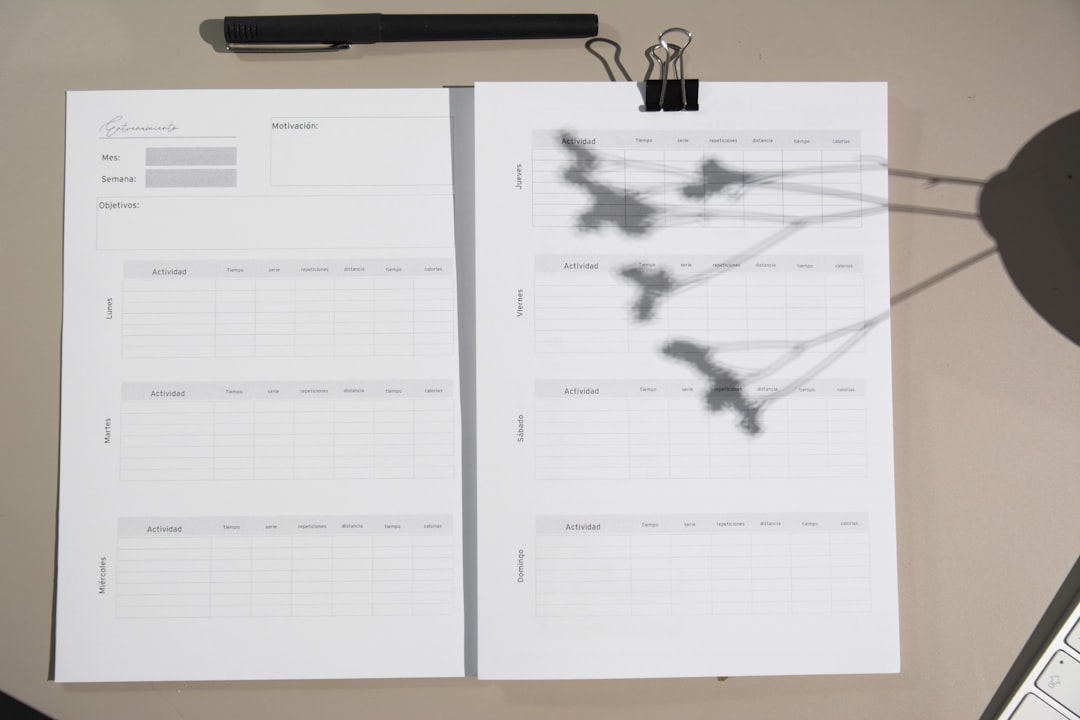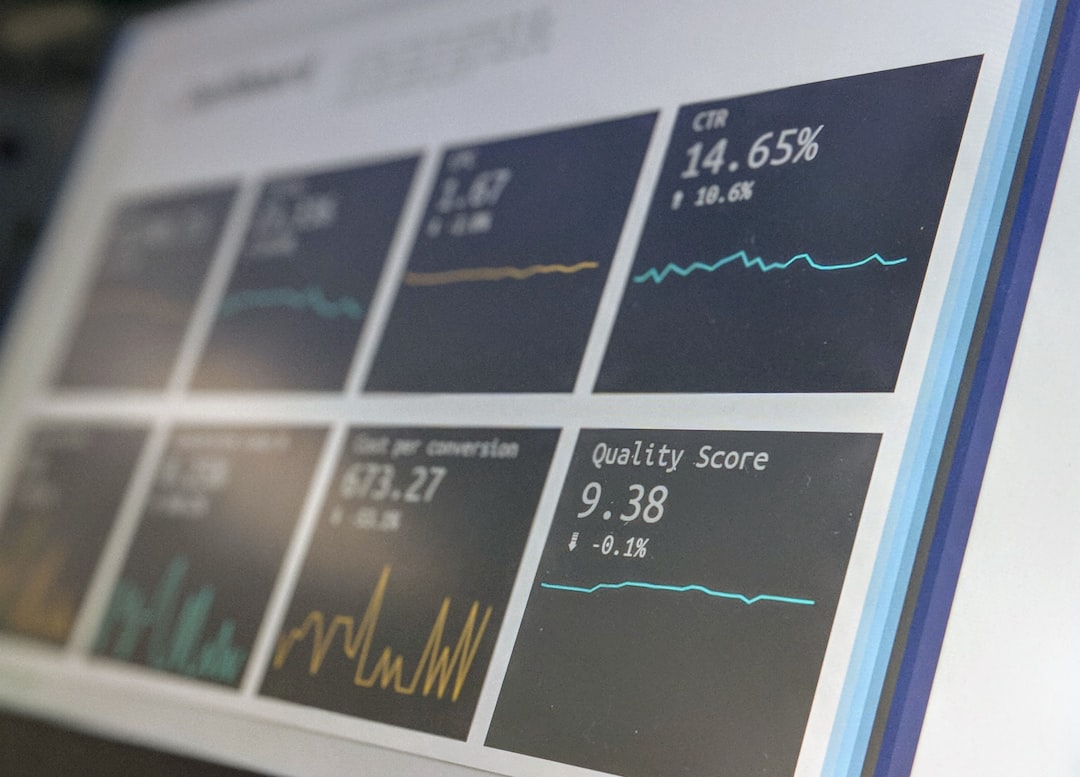In the rapidly evolving world of online marketing and sales performance, few names generate as much respect and consistent results as Stewart Vickers. As businesses seek to improve their funnels, optimize conversion rates, and scale profitably, Stewart’s work stands out due to his methodical, data-driven strategy and his unique ability to unlock performance potential in digital campaigns.
This article delves deep into why Stewart Vickers gets results, using a standardized case study framework and an audit checklist that clients and marketers alike can use to evaluate, replicate, or simply understand his approach. The analysis is aimed not just at recognizing praise-worthy output but at uncovering the underlying levers that drive success systematically.
The Foundation of Vickers’ Success
Stewart Vickers is not another marketing guru relying on anecdotal wins or luck. He operates from a foundation built on three critical pillars:
- Systematic auditing of client sales and marketing ecosystems
- Data-backed hypotheses to identify bottlenecks and leverage points
- High-impact execution combined with ongoing measurement and iteration
By approaching every client project with a rigorous methodology, Stewart ensures that each strategy is not only tailored to a specific context but built to produce sustainable outcomes.

Case Study Criteria: How Results Are Measured
When evaluating success, empty metrics or vanity numbers have no place in Vickers’ approach. Instead, he builds and assesses every case study based on a consistent and results-focused framework. The core criteria are as follows:
1. Baseline Benchmarks
Before implementing any strategic overhaul, Stewart insists on capturing a clear snapshot of the current state. This includes:
- Traffic volume and relevant channels
- Lead conversion rates
- Customer acquisition costs (CAC)
- Sales conversion rates
- Average revenue per customer (ARPC)
- Lifetime value (LTV) and gross margin
Only by establishing concrete baselines can real improvement be measured accurately.
2. Change Interventions
What exactly was done? Stewart’s transparency in detailing the strategic changes made (including funnel structure, messaging, targeting, and offers) allows case studies to be both reproducible and logically attributed. Each intervention is tracked carefully through analytics tools to measure direct impacts.
3. Financial Outcomes
The ultimate test always comes down to impact on the bottom line. For every case study, Vickers uniformly reports on key financial improvements, such as:
- ROI (Return on Investment)
- Increase in monthly recurring revenue (MRR)
- Reduction in CAC
- Improvement in funnel efficiency (cost per lead, cost per acquisition)
4. Timeline of Results
Fast growth is impressive, but sustainable growth is transformative. Stewart’s approach outlines not just what changed, but when those changes began translating into measurable gains. This timeline is critical for organizations planning long-term scalability.
The Audit Checklist: Stewart’s Proven Evaluation Tool
Before lifting a finger on execution, Stewart Vickers consistently performs a rigorous audit of the client’s current revenue systems. This audit checklist contains items that clarify where inefficiencies lie, what’s working, and what’s broken. Here are some of the most indispensable checkpoints used during the audit:
Funnel Structure and Flow
- Is the funnel clearly mapped from front-end to purchase?
- Are there friction points in navigation or user experience?
- Is the messaging aligned with each stage of the customer journey?
Traffic and Targeting
- Where is traffic coming from? Are those sources qualified?
- Are ad campaigns aligned with customer pain points?
- Are demographics and psychographics reflected in the messaging?
Lead Capture Optimization
- Are landing pages optimized with clear CTAs and value propositions?
- Is A/B testing actively used to improve lead generation?
- Are leads nurtured consistently with automated sequences?
Sales System Intelligence
- Are sales calls being recorded, tracked, and analyzed?
- Is the close rate consistent across reps or strategies?
- Are objections documented and strategically addressed?
Profitability Analysis
- Does the business understand its blended CAC?
- What are the real margins after fulfilment?
- How is profit reinvested to scale the business further?
Using this checklist uncovers hidden bottlenecks that, once resolved, can unlock exponential improvements in performance. This process-centric approach is part of what sets Vickers apart.

Proof Through Performance
Nothing demonstrates Stewart Vickers’ effectiveness better than the consistent publishing of client wins across multiple sectors. From coaching businesses that jump from $20K to $200K months in under six months, to e-commerce brands decreasing ad spend by 30% while increasing sales, his track record speaks louder than marketing copy.
Importantly, Stewart doesn’t chase short-term spikes. His systems are built to create evergreen revenue-generating machines, thanks to deep customer insight, intelligent automation, and tight tracking protocols. Clients not only gain revenue; they gain clarity and control over their growth levers.
Is Stewart’s Approach Right for Every Business?
Not necessarily. Stewart works best with businesses that:
- Have an existing product-market fit
- Are willing to invest in optimizing their digital ecosystems
- Understand the value of measurable marketing
- Have clear growth goals and recognize their current limitations
Businesses still exploring their core offer or lacking clarity on their audience may not fully maximize the audit and action process. That said, the methodology can still provide powerful insight for course correction.
Conclusion: Why Vickers Gets Results
Stewart Vickers is more than a strategist—he’s an architect of scalable revenue engines. His consistent ability to deliver results stems from a disciplined combination of systems thinking, high-resolution audit protocols, and a ruthless focus on performance metrics. His transparency, documentation, and commitment to repeatable outcomes make his strategies not only trustworthy but transformational.
For businesses serious about growth and ready to bring scientific precision to their sales and marketing systems, the Vickers Method offers a roadmap to measurable, sustainable success.





![Best 10 Soap2day Alternatives 2024 [Free Without Ads] Best 10 Soap2day Alternatives 2024 [Free Without Ads]](https://www.digitalways.org/wp-content/uploads/2024/10/soap2day-featured-540x420.jpg)

